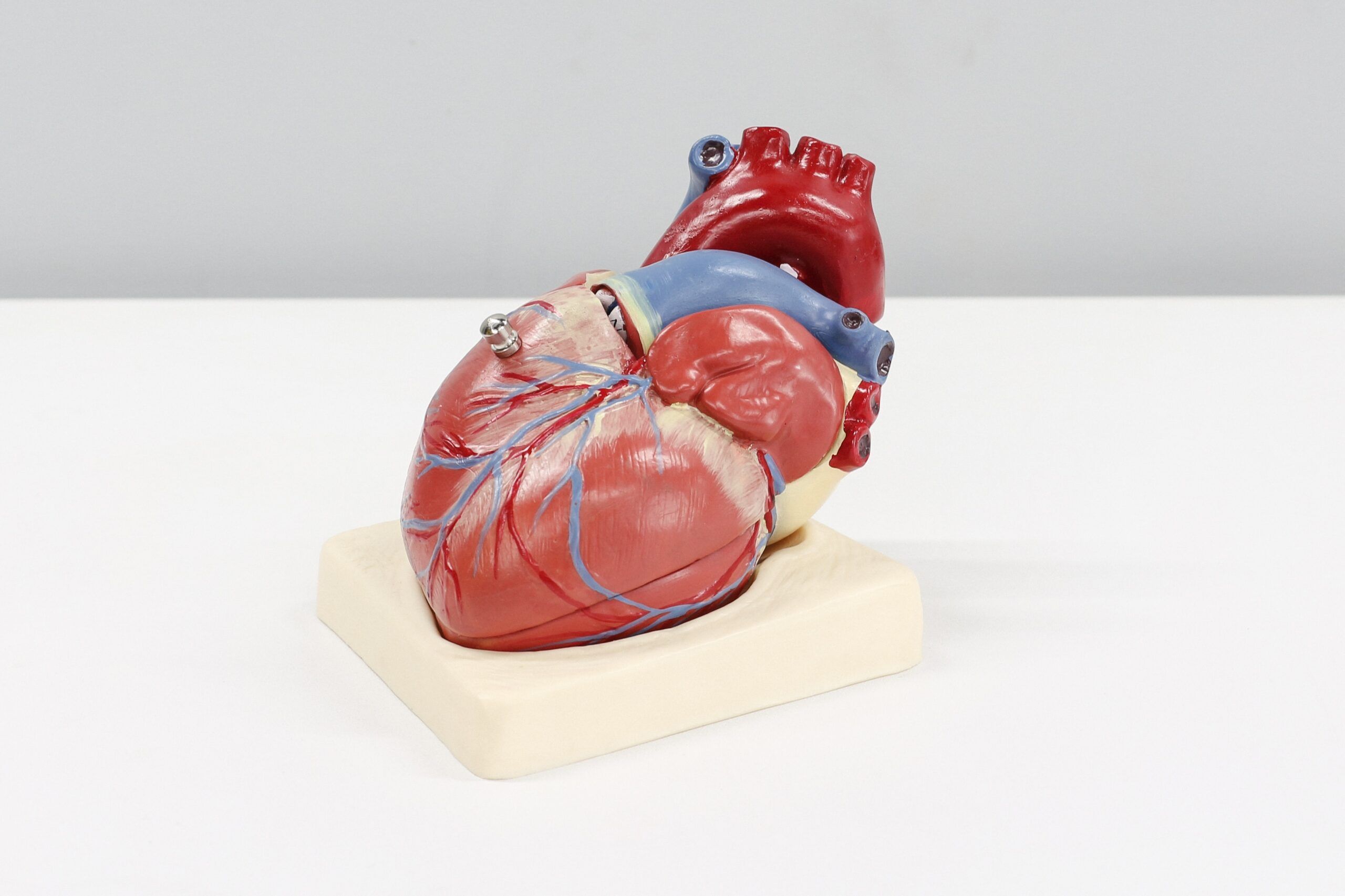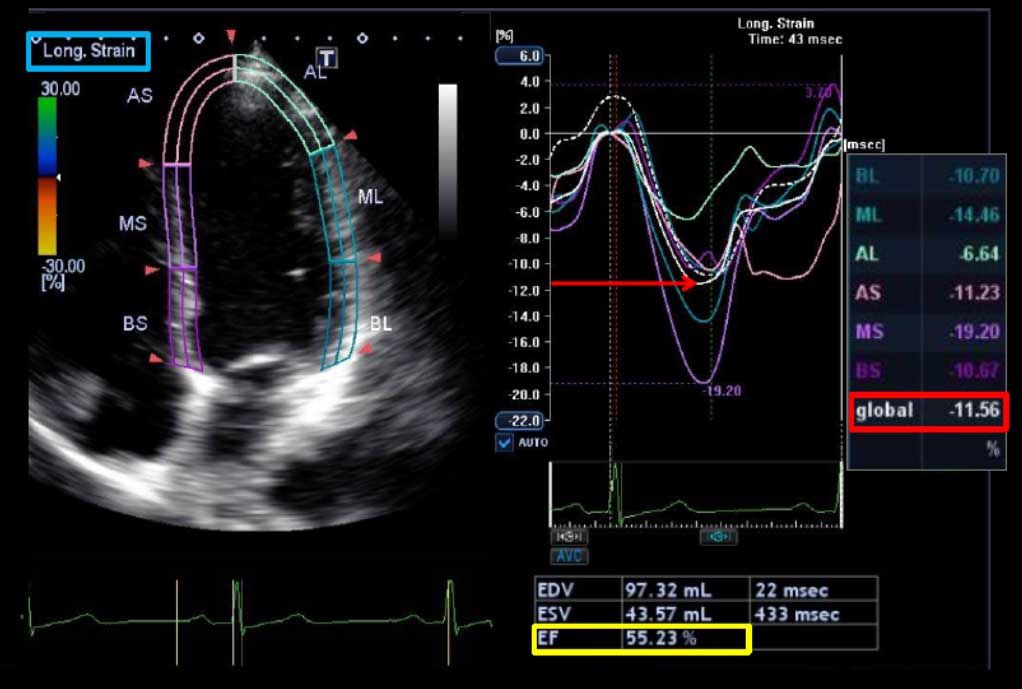Tilt Table Test
What you need to know about the Tilt Table Test
What is a tilt table test?
The tilt table test (also called a passive head-up tilt test or head upright tilt test) records your blood pressure and heart rate on a minute-by-minute basis while the table is tilted in a head-up position at different levels.
Why is this test recommended?
The results of this test will help your doctor determine what may be causing your symptoms of light- headedness or fainting spells (also called syncope).
The tilt table test results will help determine if other tests may be needed to help diagnose your condition. The test results also may be used to evaluate heart rhythm, blood pressure and sometimes other measurements with changes in position.
Lastly, the test results will help your doctor plan a course of treatment.
What are the risks of the test?
As with any procedure, there are risks of the tilt test. Your health care provider will discuss the risks and benefits of the procedure with you before the test is ordered.
What is syncope?
Syncope (pronounced “sin ko pea”) is the brief loss of consciousness and posture caused by a temporary decrease in blood flow to the brain. Syncope may be associated with a sudden fall in blood pressure, a decrease in heart rate or changes in blood volume or distribution. The person usually regains consciousness and becomes alert right away, but may experience a brief period of confusion.
Syncope is often the result of an underlying medical condition that could be related to your heart, nervous system or blood flow to the brain.
If necessary, the test will be modified to minimize any potential risks.
One risk of the procedure during IV placement is bruising or swelling at the IV insertion site. These reactions are common. You may also experience pain or discomfort when the IV is inserted. Please talk to the lab staff if you are concerned about the IV insertion.
Before the Test
Scheduling the tilt test
The scheduling secretary will tell you when to report for your tilt test. If you are scheduling this test by phone, your appointment schedule will be mailed to you.
How long will the test last?
The test takes about 1 ½ hours to complete. The test may be shorter, depending on your symptoms and the changes observed in blood pressure and heart rate. Plan on being at the hospital for about 2 for your appointment.
Should I take my medications?
Yes. You can take your prescription medications as you normally would, with water. However, do not take diuretics or laxatives before the test.
If you have diabetes, please request a 10:30 am appointment time for your test so you may eat a light breakfast before 7 am and also complete the test in time for lunch.
If you have questions or need help making adjustments to your medications, please call your referring physician. Do not discontinue any medication without first talking to your health care provider.
Can I eat before the test?
Eat a normal meal the evening before your procedure. DO NOT eat or drink anything except small amounts of water for 4 hours before the test. If you must take medications, please take them with small sips of water to help you swallow your pills.
What should I wear?
Wear comfortable clothes and shoes. You may wear a short-sleeved or sleeveless t-shirt in place of a hospital gown. If you are wearing a long-sleeved or tight-fitting shirt, you may be asked to remove it and change into a hospital gown for the test. You will be given a locker for your clothing.
Please leave all jewelry (including wedding rings), watches and valuables at home.
What should I bring?
Please bring the following to your appointment:
- Recent medical history and physical exam report
- Medical records pertinent to your health condition (if available)
- List of current medications and dosages
- List of allergies (including medication, food and environmental allergies)
- Your insurance card
Where do I go for my appointment?
Your health care team will instruct you on where to go for your test.
Where is the test performed?
The test is performed in a special room called the Tilt Lab.
What happens just before the test?
A nurse will explain the procedure in detail, answer your questions and help you get ready for the test.
Tilt table: You will lie on the tilt table, which is a motorized table with a metal footboard. Your feet will rest against the footboard. For your safety, soft Velcro straps will be placed across your body to secure you when the table is tilted during the test. Please note that you will always be tilted upright so your head is above your feet; you will never be tilted upside-down.
IV placement: An IV (intravenous) line will be placed in a vein in your arm or on the back of your hand. The IV may be used to take blood samples for blood tests ordered by your doctor. A blood sample may be taken before and during the tilt test to measure a hormone called catecholamine (adrenaline). The blood sample will only be taken if indicated by your medical history.
The IV also may be used to deliver medications during the test only if necessary to treat your symptoms, blood pressure or heart rate changes.
Blood pressure cuffs will be placed around both arms. The blood pressure cuffs are attached to monitors so your blood pressure can be observed during the test. One cuff will pump automatically every minute, while the other cuff will be pumped by the nurse every 10 minutes.
Electrodes: Small, sticky patches called electrodes will be placed on your chest. The electrodes are connected to an electrocardiograph monitor (EKG) that records the electrical activity of your heart as a graph or series of lines on a moving strip of paper. The EKG shows your heart rate and rhythm during the test.
During the Test
What happens during the test?
First you will lie flat on your back. Your initial (baseline) blood pressure and EKG data will be recorded as you lie quietly before the test begins. After resting for 15 minutes, the test will be started.
Your blood pressure and heart rate will be constantly monitored throughout the test. Your blood pressure is measured on a minute-by-minute basis, and your heart rate is displayed continuously on the monitor and recorded every minute. The data is recorded and stored in a computer.
The motorized table is controlled by a nurse or technician and will be tilted to different angles during the test. The table will be tilted at several angles in sequence (30 degrees for 2 minutes, then 45 degrees for 2 minutes, then 70 degrees for up to 45 minutes). You will always be tilted upright so your head is above your feet; you will never be tilted upside-down.
When the table is titled at 30 and 45 degrees, you will feel as if you are lying on a steep hill. When it is tilted at 70 degrees, you will be in an upright position and your feet will be supported by the footboard at the end of the table.
Qualified medical personnel will be present during the entire test.
Limited Movement During the Test
- We ask that you try to stay as still and as quiet as possible during the test so the test results can be accurately recorded.
- Please do not move or exercise your legs while you are in the standing position.
- Please try not to talk unless you need to report your symptoms.
- We will try to make you as comfortable as possible during the test.
How will I feel during the test?
Throughout the test, the nurse or technician will ask you how you feel. You may not have any symptoms, or you may experience pre-syncope symptoms (called premonitory symptoms), such as light-headedness, dizziness, nausea, palpitations (fluttering in the chest) or blurred vision.
The purpose of the test is not to make you faint, although fainting may occur, depending on your individual response to the test.
It is important to tell the staff how you are feeling throughout the test. Your symptoms, along with the data obtained during the test, will help the doctor diagnose the cause of your condition.
If you feel like you cannot continue the test because of the symptoms you are experiencing during the test or because of other symptoms such as arthritis, or back, knee or foot pain, please tell the staff. Occasionally the test will be stopped if you really feel you cannot continue. If the staff’s assessment indicates it is safe for you to continue the test, you may be encouraged to continue the test so the most complete results can be obtained.
After the Test
What happens after the test?
After the test is finished, the table will be lowered to a flat position. You will be observed for 5 to 10 minutes as you lay flat, and as your blood pressure and EKG are measured.
You will stay in the lab area an additional 15 to 20 minutes after completing the test, or until all of the symptoms you may have experienced during the test have resolved.
The IV will be removed after your last test of the day. Bruising or swelling at the IV site are common reactions, but talk to the lab staff if you are concerned.
Going home after the test
You are usually able to go home after the test. For your safety a responsible adult should drive you home after the test.
What the test results mean
Before you go home, the doctor will discuss the test results with you and your family member. If you have any questions at this time, please feel free to ask.
A positive tilt table test means that a patient may have a condition that causes an abnormal change in blood pressure or heart rate. A negative tilt table test means that the patient did not show signs of a condition that causes an abnormal change in blood pressure or heart rate. In either case, additional tests may be needed to diagnose the patient’s condition.
Follow-up care
Your referring doctor will receive a letter that explains the test results. You will also receive a copy of the letter. Your doctor will discuss the test results with you and discuss any necessary changes in your treatment.
You may receive follow-up care from your primary care physician or referring physician.
Your medications may be changed or you may start to take new medications. You may be referred to other doctors or services to treat your condition.
** Source: Cleveland Clinic.



